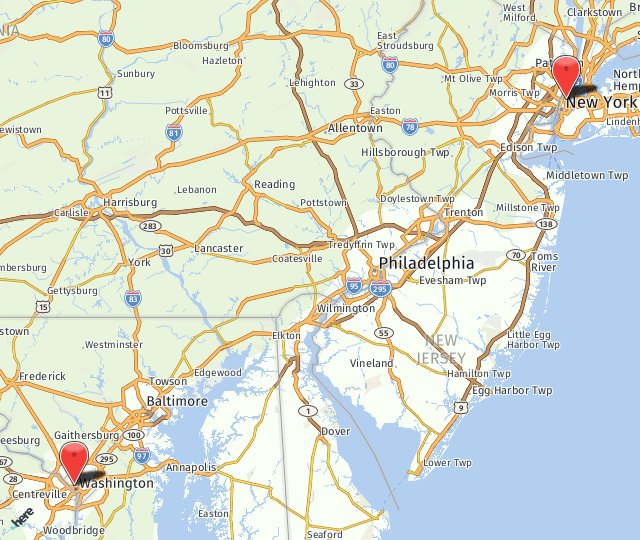The latissimus dorsi flap from your back is made up of skin, fat, and the muscle in your back called the latissimus dorsi. The t-DAP flap is made from the skin, fat, and some of the muscle from your back, but only a smaller amount and therefore is a smaller volume of tissue for reconstructing the breast. These flaps can be used to reconstruct the entire breast after mastectomy or a partial breast defect after lumpectomy. Both the latissimus dorsi flap and the t-DAP flap remain attached to their own blood supply (“pedicled”), and are rotated through the arm pit to the chest to recreate the breast. Rotating the tissue from the back to the chest may cause your armpit to be bigger. This will decrease over time, but never completely disappear. The location of the incision and scar on your back depends on the size of the flap needed, but often can be placed so your bra or bathing suit top will hide the scar.
Often, if the flaps are not large enough to create a breast, a tissue expander or implant may be placed under the flap. If a tissue expander is used, it will be traded for a permanent implant in a separate surgery. Patients generally do not have muscle problems from using the back muscle and can continue their daily life and exercising. However, if you are a competitive rock climber, swimmer, ballet dancer or tennis player, you may notice weakness.
You will be required to stay in the hospital for 2-3 nights. During this hospital stay, Dr. Pittman and his team will monitor your flap to make sure it is receiving enough blood supply. No matter what type of flap used, problems with the blood supply can occur. The color, temperature, and pulse of the skin flap will be checked. A machine known as a Doppler will be used to check the pulse of your flap. This machine makes a noise like your heartbeat. If your flap has blood supply problems, your surgeon may take you to the operating room to fix the problem. This happens in less than 5% of patients. If the problem cannot be fixed, another method for your breast reconstruction will be offered.
You will also have 3-4 surgical drains depending on if one or two breasts are reconstructed. In most circumstances, these drains will remain in for 1-2 weeks. If they are highly productive they will stay in longer. The recovery time for flap reconstruction is 6-8 weeks. You will be sore for about a week or two and then begin to improve every day; however, it is normal to feel fatigued during the weeks following surgery.
Learn More About the Latissimus Flap Reconstruction in Washington DC
If you are looking to undergo a latissimus flap reconstruction in Washington DC, send us a message to set up a meeting.

